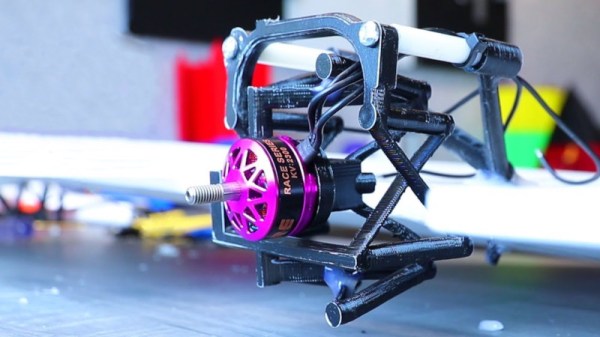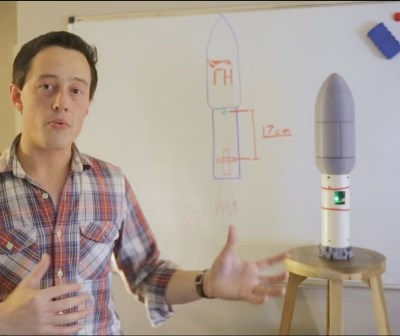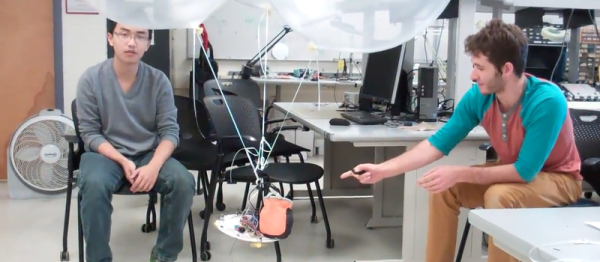Thrust vectoring is one way to control aerial vehicles. It’s become more popular as technology advances, finding applications on fifth-generation fighter aircraft, as well as long being used in space programmes the world over.[RCLifeOn] decided to try and bring the technology to a prop-powered RC aircraft, in an unconventional way.
After attending a lecture on compliant mechanisms and their potential use in space vehicles for thrust vectoring control, [RCLifeOn] decided to try applying the concept himself. His test mechanism is a fixed-wing with a single-piece motor mount that has enough flex in the right places to allow the motor (and propeller) to be moved in two axes, achieving thrust vectoring control.
After printing a compliant motor mount in a variety of materials, one was selected for having the right balance of strength and flexibility. The vectoring mechanism was fitted to a basic flying wing RC aircraft, and taken to the field for testing. Unfortunately, success was not the order of the day. While the mechanism was able to flex successfully and vector the motor in bench testing, it was unable to hold up to the stresses of powered flight. The compliant mechanism failed and the plane nosedived to the ground.
[RCLifeOn] suspects that the basic concept is a difficult proposition to engineer properly, as adding strength would tend to add weight which would make flight more difficult. Regardless, we’d love to see further development of the idea. It’s not the first time we’ve seen his 3D-printed flight experiments, either. Video after the break.
Continue reading “Thrust Vectoring With Compliant Mechanisms Is Hard”



 [Joe Barnard] recently had
[Joe Barnard] recently had 











